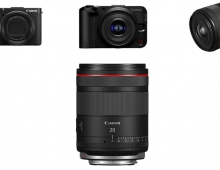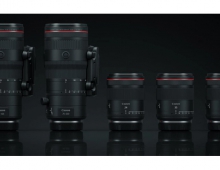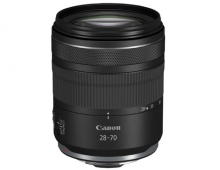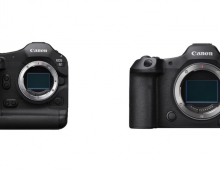
Canon unveils XL1 successor
The XL1 camcorder epitomized the crossbreeding of lightweight consumer DV cameras with shoulder-mounted broadcast rigs featuring interchangeable lenses. Canon provided a minor update in July 2001, but a full upgrade was necessary to beat highly-rated competition such as Panasonic Broadcasts DVX100 or Sony Broadcasts PD170P. Now the company has announced the XL2.
The XL2 has a similar component-based design as its predecessor, and has the same XL lens mount so current users of the XL1 or XL1s can continue to use their lens. It ships with a new fluorite 20x optical zoom lens, which uses technology found in Canons broadcast lenses and has two neutral density (ND) filters and an improved optical stabilization system.
The camcorder is built around three 1/3-inch 800,000-pixel CCDs, which offer an effective resolution of 720-x-576 pixels for 4:3 capture and 960-x-576 pixels for true widescreen 16:9 recording. The third-generation LSI (large-scale integrated circuit) improves the signal/noise ratio for higher resolution and lower smear than the XL1s, according to Canon.
The CCDs can also capture progressively. As well as the conventional 50i interlaced recording, the XL2 can record footage in 25p for use in Web broadcasts, or for a more film-style output. Web reports have highlighted the XL2s 24P recording facilities, but this only applies to the NTSC version of the camcorder for use in countries such as the US. 24P provides no benefit over 25p, so all progressive PAL camcorders so far have dropped this feature.
Independent filmmakers should also appreciate the Cinema mode, which makes footage look more like film output. A Skin Detail setting controls hue and saturation for skin tones, while the Film Grain setting adds grain. New manual controls include Knee, gamma, black stretch, colour matrix, R gain, G gain, B gain, V details, coring, master pedestal, noise reduction, colour gain.
The XL2 features four audio channels. Two XLR audio inputs with 48V phantom power output are included as standard, while the optional MA-300 provides two more XLR inputs.
The camcorder ships with a new colour viewfinder, which is moveable vertically as well as horizontally and which can also be used as a two-inch LCD screen. The XL2 also features a BNC jack output. Other improvements include an +18dB gain setting, SMPTE timecode support, and a 1KHz test tone (-12dB or -20dB).
Canon has created Software Developer's Kit for the camcorder, so users can write programs to control every aspect of the camcorder from a remote PC. The software controls could even let a remote user change the focus and zoom of the camcorder. No software is immediately available that uses this feature, but Canon expects it to follow the camcorders release.
After a brief period with the XL2 in a Canon-controlled environment, Digit reviews editor Neil Bennett said, the XL2 is a definite improvement on the XL1s on first impression, the XL2 is more balanced on the shoulder than the XL1s, even with the longer 20x lens but well have to wait to see how it stacks up against more modern camcorders such as the DVX100.
The XL2 will ship in September.
From Digit





















